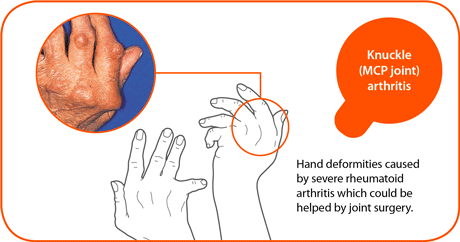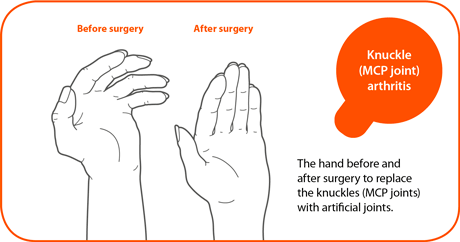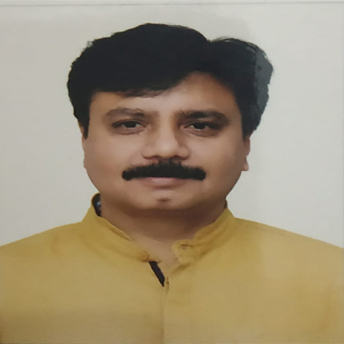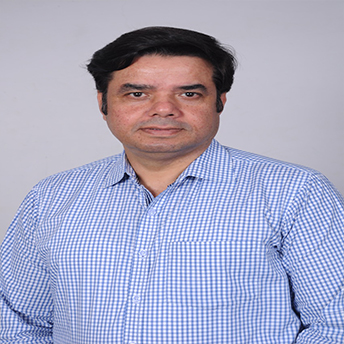
Carpal tunnel syndrome occurs when pressure is put on the median nerve as it passes through your wrist under the carpal tunnel ligament. This results in pins and needles and numbness in your fingers. Surgery is sometimes needed to ease pressure on the nerve. This is done by splitting the carpal tunnel ligament under local anaesthetic. You probably won't need to stay overnight in hospital.
You may need to wear a bulky bandage on your wrist and hand for a week or two after the operation. Your stitches will be removed within 10–14 days. During this time you’ll be able to use your fingers and thumb, although you should avoid heavy tasks.
It’s important to move your fingers to prevent the nerve and tendons becoming caught up in the scar tissue which may form after your operation. You should recover from the effects of surgery in less than a month, although it may take longer to get all the feeling back, especially if you’ve had carpal tunnel syndrome for a long time. In a small number of people, the scar may ache and be sensitive for some months, but this usually settles without more treatment.
Dupuytren’s contracture is a condition caused by tissue forming in the palm of your hand and your fingers. It’s often painless may only cause only skin nodules, but it can also form bands that make your fingers curl down into your palm. You may need surgery to remove the tissue and release your fingers, although it's not always possible to make this completely better. The operation is generally performed as a day case, so you won't need to stay in hospital.

It’ll take teo to three weeks for your skin to heal and up to 12 weeks before you have full use of your hand. You’ll be seen by a hand therapist who will start you on exercises and monitor your movement and function. A night extension splint may be made for you, although this won’t always be needed.
If you have trigger finger, the affected finger can often bend normally but becomes stuck in a curled position. This is caused by the tendon which allows your finger to bend becoming thickened, so it becomes stuck in the tunnel where the tendon enters your finger. You may need to use your other hand to help 'trigger' your finger straight – which is where the condition gets its name from.
You may be referred to a hand therapist for a splint to be made for you to stop your finger triggering while you’re using it. A local injection helps in most cases. If this fails, you may need a minor day-case operation to open the tunnel and free the tendon. You should recover in one to two weeks.

There are two main groups of tendons that control your hand and wrist:
Sometimes these tendons can tear or snap, which is called tendon rupture. Tendon rupture in your hand and wrist isn’t common, and when it occurs it’s usually as a result of rheumatoid arthritis or other types of inflammatory arthritis. You’ll need early treatment if surgery is to be successful and to protect the other
tendons in your hand from rupture.
In many cases undamaged flexor tendons from other fingers are used to repair the ruptured tendon. If the tendon has ruptured because it has rubbed against rough bone in your wrist, the bone will have to be smoothed or removed to prevent the repaired tendons from rupturing again.
Repaired tendons need at least six weeks to heal. During this time you won’t be able to use your hand at all and must only do the exercises shown to you by your hand therapist. You’ll have to wear a splint on your hand day and night to protect the healing tendons.
You’ll probably see a therapist regularly to check your finger movement and splints. It’ll be around two to three months before your hand is completely recovered.
A thick fluid called synovial fluid helps joints and tendons move slowly. Sometimes this fluid leaks out of the joint or tendon sheath. The fluid then becomes very thick and sticky, and it may form pockets of fluid (cysts) known as ganglions. These ganglions:
Ganglions sometimes disappear on their own, but if they become painful or reduce movement the fluid can sometimes be drainined using a needle. You may need minor surgery to remove them, although it's likely that they'll come back.
Rheumatoid arthritis of the knuckles (metacarpophalangeal or MCP joints) may cause damage and deformity, with the result that your fingers 'drift' sideways away from your thumb. This may be very painful and greatly reduce hand function. If it becomes difficult to use your hand, surgery can be carried out to replace your knuckles with small man-made (artificial) joints that act as flexible hinges. This operation reduces pain, improves the positioning of your fingers and so improves hand function.
Knuckle replacement surgery is now often performed as day surgery, although some hospitals may recommend that you stay overnight.
After the operation you’ll have to rest your hand for a few days before you start rehabilitation. A hand therapist will teach you exercises to help you move your fingers. You should practise these at home for several months. You’ll need to wear a splint for several weeks during the day when you're not exercising, and you may need to wear it overnight for several months. Your occupational therapist can discuss ways of
managing at home one-handed.
Your new joints won't be as hard-wearing as natural joints, so you'll always need to take some care when you use your hand. Your hand therapist will advise you on how to look after your new joint(s).
The MCP joint of the thumb is often affected by rheumatoid arthritis, but it’s unusual to replace it with an artificial one. Instead, the joint can be stiffened, allowing the joints next to it to make up for its loss of movement. This operation is usually effective at easing pain and improving pinching movements.
Your trapezium is a bone in your wrist at the base of your thumb. If you have arthritis in the joint here, it may cause pain and make simple tasks more difficult. The pain often comes and goes, and the condition will often become painless over time. But if your pain carries on, you may need an operation to remove the joint and your trapezium.
Sometimes surgeons may make sure you can’t move your thumb/wrist for a couple of weeks to allow for scar tissue to fill the gap removing the trapezium leaves, or occasionally they use a tendon to fill the space.
After the operation you'll be referred to a hand therapist who'll give you a splint for the base of your thumb. You'll need to wear this for six weeks. Your hand therapist will also give you exercises, which you’ll need to do for several months to get movement back and to strengthen the thumb before it feels comfortable.

Dr. Vikas Chhabra is Specialist in General Surgery & have 22 Yrs Experience in General, Laproscopic, Endourology, Plastic & Laser Surgeries.

Dr. Kiran Chhabra is famous Consultant of IVF, She is Specialist in Gynaecology & practicing Gynae, Obs & Infertility since 2003.

Dr. Aman Chhabra is famous Orthopedic Surgeon, He is Specialist in Ortho, Hand Surgery & Joint Replacement and have more than 15 Yrs Experience.
View More
Test Tube Baby Centre
Operation Theatre
Ventilator
ICU
OPD
Ultrasound
Colour Doppler
Laboratory
Patient Rooms
Pharmacy
24 Hours Service
Chhabra Hospital &
Test Tube Baby Centre
Near Stadium,
80 Feet Road,
Bathinda (Punjab)
Pin: 151001